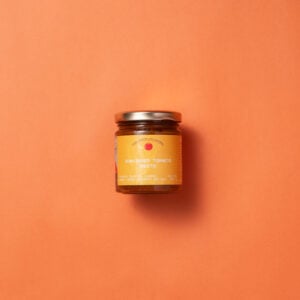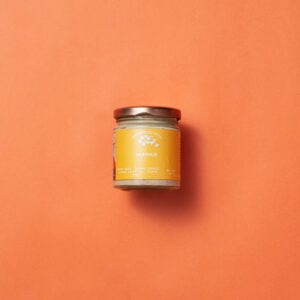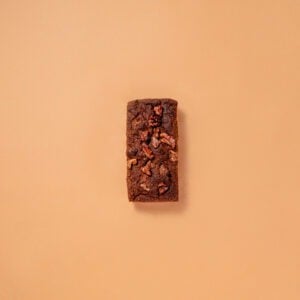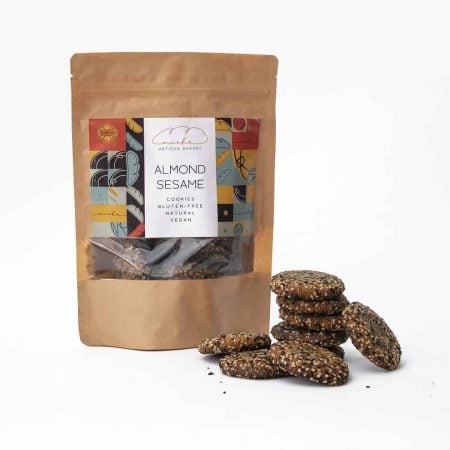Sourdough bread, with its tangy aroma and signature crust, has become a global staple. But did you know this artisanal loaf boasts an ancient history and fascinating cultural variations around the world? Today, we embark on a delicious journey, tracing sourdough’s origins, exploring its unique place in Indian cuisine, and comparing it to another fermented favorite – the bagel.
Sourdough’s Ancient Origins: A Global Leavening Agent
Sourdough Around the World: A Celebration of Diversity
The exact origin story of sourdough remains shrouded in mystery, with estimates placing its creation somewhere between 1500 BC and ancient Egypt. The key lies in its natural leavening process. Unlike commercially produced breads that rely on baker’s yeast, sourdough uses a wild yeast culture called Saccharomyces cerevisiae and lactic acid bacteria captured from the environment. This symbiotic culture naturally ferments flour and water, creating bubbles that give sourdough its characteristic rise.
Sourdough’s global reach is evident in the diverse styles and flavors it takes on:
- San Francisco Sourdough: This iconic loaf, with its tangy flavor and blistered crust, has become synonymous with sourdough bread. Its unique character is attributed to the specific strains of yeast and bacteria found in the San Francisco Bay Area.
- French Pain au Levain: Lighter and airier than its San Franciscan cousin, French sourdough is characterized by a long fermentation process and a slightly sweet flavor.
- Italian Pane Toscano: Hailing from Tuscany, this rustic sourdough is denser and boasts a deeper flavor profile due to a higher hydration level and longer fermentation.
- German Roggenbrot: Made primarily with rye flour, German sourdough, also known as rye bread, is denser and more compact with a distinct rye flavor.
Sourdough in India: A Modern Embrace of an Ancient Technique
While sourdough’s global presence is undeniable, its journey to India is a relatively recent phenomenon. The traditionally yeast-raised breads like naan and roti have dominated Indian cuisine for centuries. However, a growing appreciation for artisanal bread and the health benefits associated with sourdough fermentation is fueling its popularity.
Here’s a glimpse into the exciting world of Indian sourdough:
- Fusion Flavors: Indian bakers are incorporating local ingredients like millet flours and spices into their sourdough creations, resulting in unique flavor profiles.
- Health Benefits: The long fermentation process in sourdough breaks down some gluten and FODMAPs, making it potentially easier to digest for some people with sensitivities. This aspect is attracting health-conscious consumers in India.
- Local Variations: Miche Artisan Bakery, for example, offers a delicious range of sourdough breads in India, catering to the evolving palate.
Sourdough vs. Bagels: A Tale of Two Fermented Favorites
While both sourdough and bagels involve fermentation, they differ in key ways:
- Flour: Sourdough can be made with various flours, while bagels traditionally use high-gluten bread flour.
- Fermentation: Sourdough relies solely on wild yeast cultures, while bagels involve a shorter fermentation period that often includes baker’s yeast alongside a brief immersion in a lye bath.
- Shape and Texture: Sourdough boasts a free-form shape and a signature crust, while bagels have a distinctive ring shape with a chewy texture and a slightly malty flavor due to the lye bath.
The Enduring Allure of Sourdough: A Bread Steeped in History and Culture
Sourdough’s journey from ancient origins to its contemporary global presence is a testament to its versatility and enduring appeal. Whether enjoyed in the classic San Francisco style, infused with Indian spices, or savored as a bagel with a schmear of cream cheese, sourdough offers a taste of history and cultural diversity in every bite.
So, the next time you savor a slice of sourdough, take a moment to appreciate this bread’s rich history and the unique variations it takes on around the world.



















